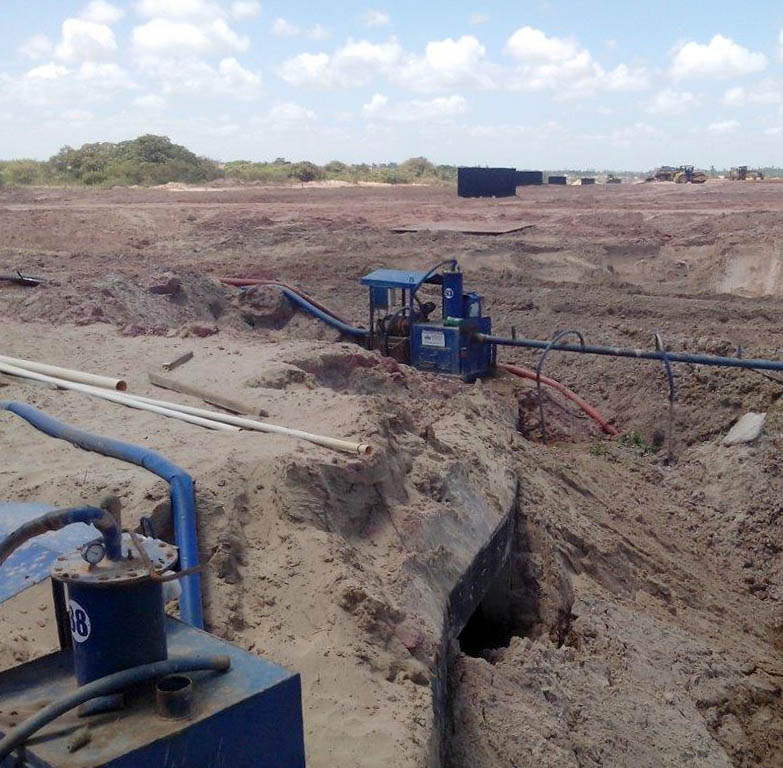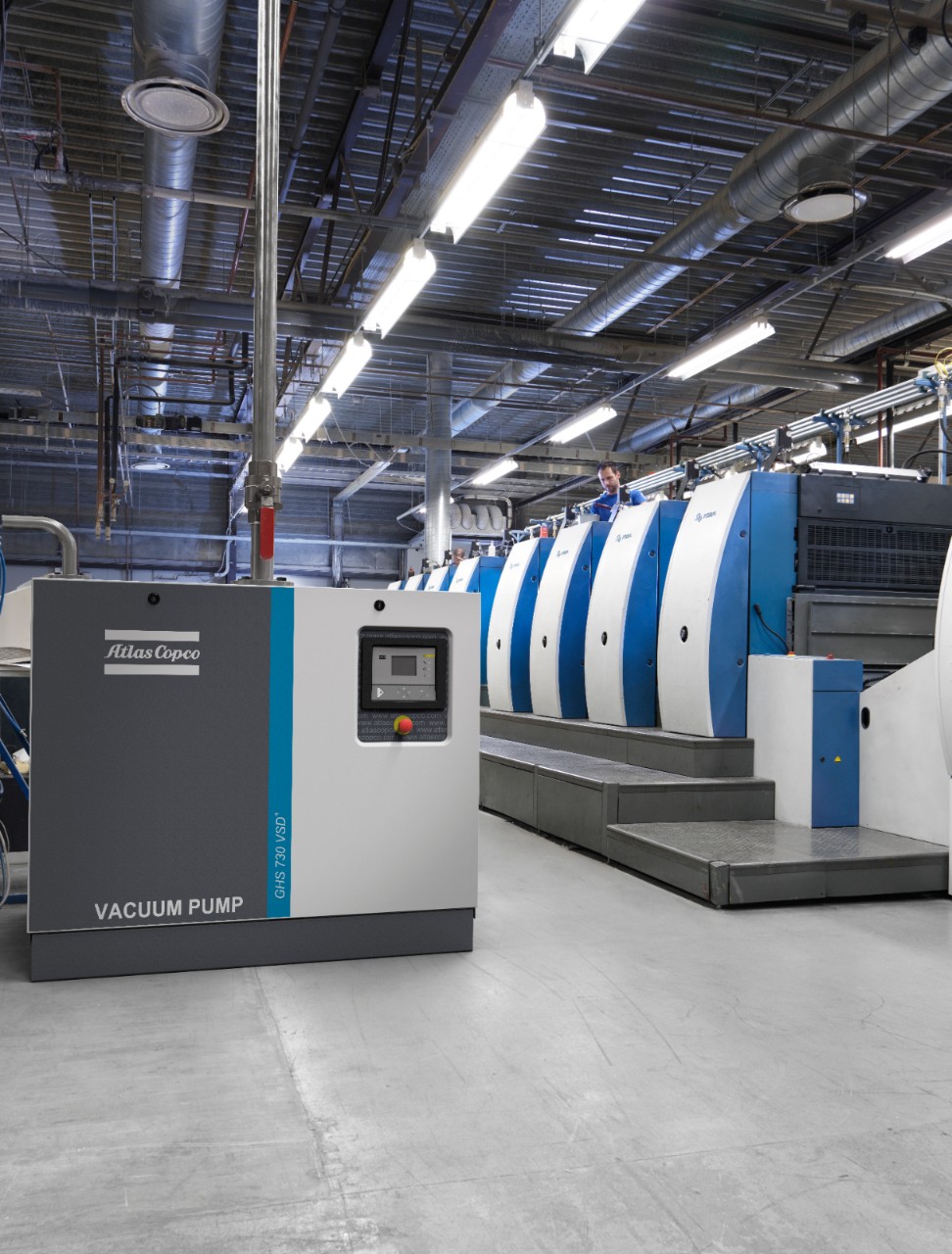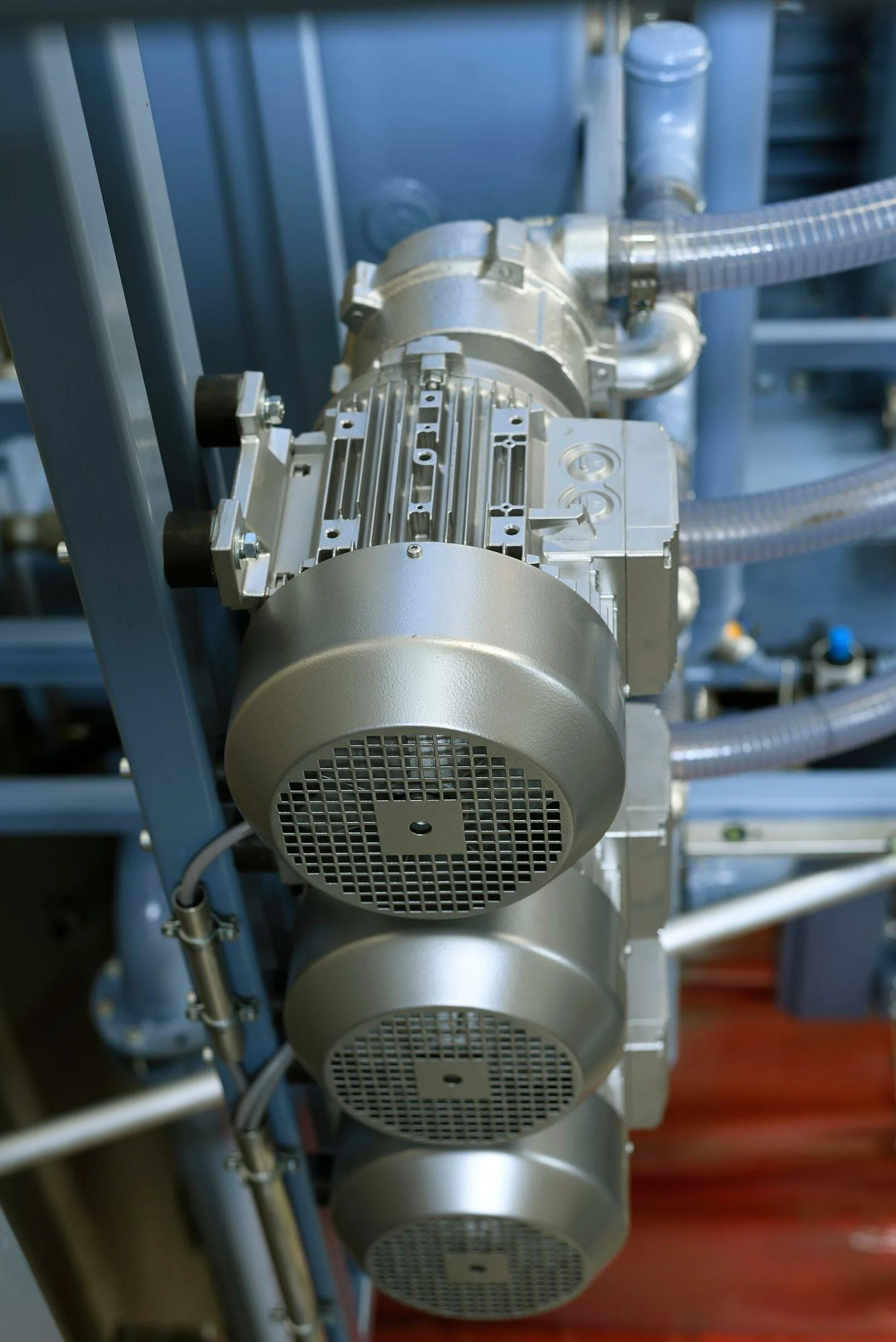Differentials
What is Vacuum?
In the context of vacuum pumps, a vacuum refers to a space where the pressure is lower than atmospheric pressure, achieved by removing air and other gases. Vacuum pumps create this low-pressure environment by extracting gas molecules, enabling various industrial processes that require controlled atmospheric conditions. The level of vacuum achieved depends on the pump type and application, ranging from partial vacuums used in fluid transfer and dewatering to high vacuums required in chemical processing and manufacturing.


Vacuum Levels
Vacuum levels, classified by pressure, play significant roles in a variety of applications. At low and medium vacuum levels, where the pressure ranges from atmospheric to about 10 −2 torr, the amount of molecules in the gas phase is relatively high. This type of vacuum is suitable for processes such as initial pumping in advanced vacuum systems (priming), degassing techniques, and the production of fluorescent lamps, where an environment free of moisture and excessive oxygen is desired, but extreme vacuum conditions are not necessary. On the other hand, high vacuum, characterized by significantly lower pressures, is of great importance in areas that require extreme purity and strict control, such as the manufacturing of semiconductors and electronic components. In these applications, the reduced presence of gas molecules makes it possible to avoid unwanted contamination that could compromise the quality of the products. In addition, high vacuum is crucial in physical vapor deposition (PVD) coating techniques and in complex scientific research, such as that carried out in particle accelerators, where minute interactions need to be carefully controlled.
Kinds of Vacuum pumps
Vacuum pumps are classified based on three main operating principles, with diaphragm pumps being the focus:
Positive Displacement: This type of pump uses a mechanism that repeatedly expands a cavity, allowing gases to flow from a chamber into the cavity, which is then sealed and the gases are exhausted to the atmosphere. Positive displacement pumps, such as diaphragm pumps, are able to remove a relatively constant volume of air regardless of the vacuum level achieved. Diaphragm pumps, specifically in this context, create a vacuum by flexing a diaphragm inside a chamber. They are designed to be oil-free, ideal for applications where purity is critical. Single-stage models of these pumps can reach up to 24 in. Hg, while two-stage models can reach up to 29 in. Hg.
Momentum Transfer (or Molecular): This type uses high-velocity jets of dense fluid or high-velocity rotating blades to expel gas molecules from the chamber. Although not the focus of diaphragm pumps, this type is important for applications that require fast and efficient movement of molecules.
Trapping: These pumps capture gases in a solid or adsorbed state, such as cryopumps that use low temperatures to condense gases, or ion pumps. Diaphragm pumps, while not including this technology, are used in applications where gas detection or manipulation must be avoided.
Choosing a diaphragm pump is justified when the operation must be clean and oil-free, ensuring a contamination-free environment. With their ability to achieve a substantial vacuum and their adaptability to various applications, diaphragm pumps are versatile and quiet vacuum equipment when compared to other options with more specialized functionalities.

Where to use diaphragm vacuum pumps
Centrifugal Pump Priming Systems
Vacuum pumps play a crucial role in priming centrifugal pumps. They are responsible for removing air from the suction lines and pump casing, which allows the centrifugal pump to fill with liquid and begin operating efficiently. This process is especially useful in situations where the water source is below the pump. Vacuum priming systems can operate with or without foot valves and facilitate continuous priming, avoiding problems during start-up. In addition, a single vacuum priming system can be used to prime multiple pumps simultaneously.
Liquid Transfer and Waste Handling
In liquid transfer and waste handling, vacuum pumps play critical roles in industries such as sewage treatment plants and the paper industry. This equipment is essential to ensure the efficient and clean movement of liquid materials in industrial and complex environments.
Food Industry
In the food industry, vacuum pumps are used to transport products such as carrots and potatoes. These systems ensure that food is moved safely and hygienically without the need for traditional conveying equipment.
Petrochemical and Energy Industry
Vacuum pumps are essential in the petrochemical industry for transferring chemicals, recovering tanks and pumping digesters. In power plants and refineries, they handle corrosive chemicals, handle high temperatures and facilitate the efficient transfer of liquids.
Construction and Mining
Used in construction, these pumps assist in dewatering, excavation and flood drainage, promoting a safer and more efficient work environment. In mining, they are essential for slurry pumping operations, ensuring the success of projects.
Agriculture
In agriculture, vacuum pumps are used in irrigation applications, ensuring that water is properly distributed across arable land, thus improving productivity.
Types of Vacuum Pumps
Brpump Parts offers a variety of vacuum pumps, such as diaphragm pumps, known for their fast mechanical operation, water resistance and lack of oil leakage. Ideal for situations that require fast and clean priming and repriming. In addition, venturi pumps, which use a compressor to generate vacuum, are an economical and practical solution for freezing conditions.
At Brpumpparts, we are committed to offering the most advanced vacuum pump solutions, ensuring efficiency and reliability in all your applications.
Why use diaphragm vacuum pumps
Diaphragm pumps offer a number of advantages that make them ideal for a variety of applications:
Fast Priming and Re-Priming: These pumps are highly efficient in initial priming and re-priming, meaning they can quickly remove air from pipelines and begin pumping operations continuously and reliably.
Water Resistance: Designed to be water resistant, diaphragm pumps are suitable for use in wet environments and in the presence of liquids, increasing their application versatility.
No Oil Leakage: They are built to operate without oil leaks, contributing significantly to a cleaner and safer working environment.
Versatility: Diaphragm pumps can be used in a wide range of applications, including centrifugal pump priming systems, liquid transfer, wastewater treatment, food processing, mining, construction and agriculture.
Reliability and Durability: Known for being reliable and long-lasting, these pumps ensure efficient and economical operation over the long term, especially when high-quality replacement parts are used.
Compatibility: Diaphragm pump parts are compatible with the major brands of vacuum pumps on the market, making maintenance and replacement easier.
Self-Priming System: They are essential components in self-priming systems, ensuring that priming continues without interruption, preventing start-up problems and ensuring that the pumping process is continuous and safe.
